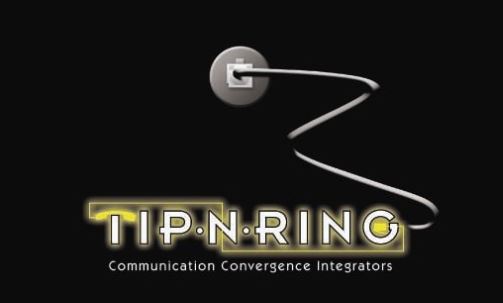Home
ABOUT US
COMMUNITY CONTRIBUTIONS
SOLUTIONS
Projects
National Enterprise Accounts
Design & Assessment Services
Implementation Services
Networking Services
Structured Cabling
Turnkey Service
Services
Managed Services
Hosted Solutions – IVO
Service Provider Coordination
Service Agreement Packages
Remote Maintenance
Emergency Services
PRODUCTS
Phone Systems
Avaya
Avaya Showcase
Panasonic
Allworx
Vertical
EnGenius DuraFon-SIP
Yealink
CP960 CONF PHONE
CP920 CONF PHONE
SIP T42S
SIP T48S
Headsets
Corded Headsets
Wireless Headsets
Enterprise Products
Call Accounting & Reporting
Devices
Conferencing
Security
Security
Access Control
Cameras
IVO / Hosted Solutions
4 Reasons for Cloud Communications
Hosted PBX VoiP
IVO by Tip N Ring Brochure
IVO Flyer TNR
TNR FLYER COLO
TNR FLYER IVO HOSTED PHONES
RESOURCES
Training
Avaya Resources
Panasonic Resources
Vertical Resources
Other Training Resources
Daylight Savings
NEWS
CONTACT
LOGIN
ABOUT US
COMMUNITY CONTRIBUTIONS
SOLUTIONS
Projects
National Enterprise Accounts
Design & Assessment Services
Implementation Services
Networking Services
Structured Cabling
Turnkey Service
Services
Managed Services
Hosted Solutions – IVO
Service Provider Coordination
Service Agreement Packages
Remote Maintenance
Emergency Services
PRODUCTS
Phone Systems
Avaya
Avaya Showcase
Panasonic
Allworx
Vertical
EnGenius DuraFon-SIP
Yealink
CP960 CONF PHONE
CP920 CONF PHONE
SIP T42S
SIP T48S
Headsets
Corded Headsets
Wireless Headsets
Enterprise Products
Call Accounting & Reporting
Devices
Conferencing
Security
Security
Access Control
Cameras
IVO / Hosted Solutions
4 Reasons for Cloud Communications
Hosted PBX VoiP
IVO by Tip N Ring Brochure
IVO Flyer TNR
TNR FLYER COLO
TNR FLYER IVO HOSTED PHONES
RESOURCES
Training
Avaya Resources
Panasonic Resources
Vertical Resources
Other Training Resources
Daylight Savings
NEWS
CONTACT
LOGIN






